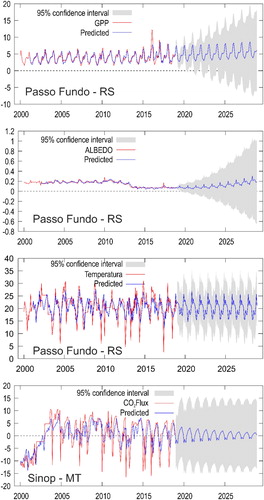Figures & data
Figure 1. Geographical location of Sinop – MT (A) and Passo Fundo – RS (B) and spatial variability of NDVI (product MOD13Q1.V6) of the temporal mean of the Julian days 206 to 258 of the year 2017, respectively.

Table 1. Vegetation indices used in the study to estimate the soil management, in 2000/2001 and 2017/2018 crop years
Figure 2. Flowchart of the main steps of the study, with emphasis on GEOBIA and data mining in computing environments.
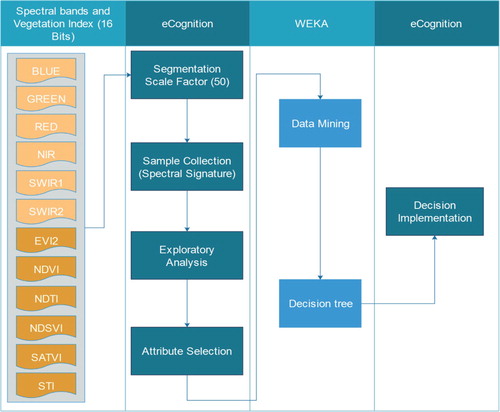
Table 2. Weight Coefficients (n) for the calculation of the planetary albedo through the use of LANDSAT-8 images.
Figure 3. Mapping of soybean (ha) in 2000/2001 (A and C) and 2017/2018 (B and D) crop years in the municipalities of Sinop -MT (A and B) and Passo Fundo-RS (C and D) by MODIS sensor.
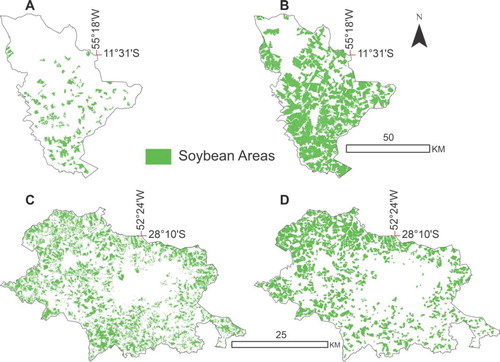
Figure 4. Vegetation indices for the 2017/2018 crop year in the municipalities of Passo Fundo-RS (A) and Sinop-MT (B).
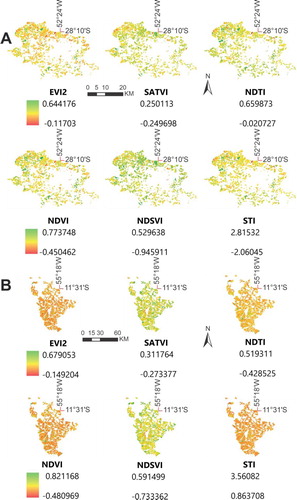
Figure 5. Segmentation and application of the decision tree in the municipalities of Passo Fundo-RS (A1/B1) and Sinop-MT (A2/B2) in the 2000/2001 and 2017/2018 crop years.
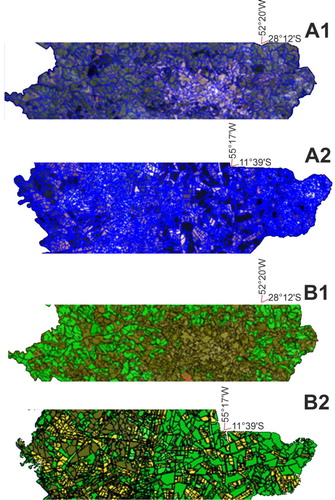
Figure 6. Discrimination of the areas studied regarding the type of soil management in 2000/2001 and 2017/2018 crop years. A – Passo Fundo and B – Sinop-MT.
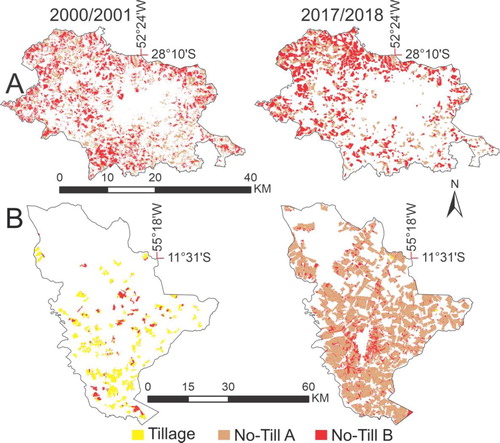
Table 3. Total area (ha) using tillage (T), no-till A (NT_A), and no-till B (NT_B) in the 2000/2001 and 2017/2018 crop years in the municipalities of Passo Fundo-RS and Sinop-MT.
Figure 7. Boxplot of annual values of albedo, CO2Flux, GPP, and Temperature for time series 2000 to 2018 in the two municipalities studied.
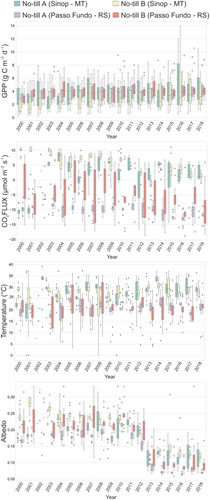
Figure 8. Boxplot of annual values of Albedo, CO2Flux, GPP, and Temperature for time series 2000 to 2018 in the municipality of Sinop – MT.
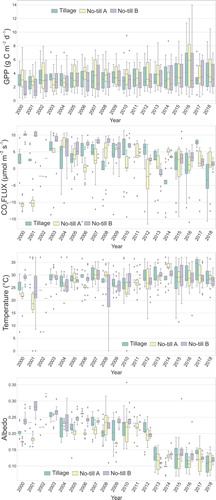
Figure 9. Observed and predicted data for Albedo, CO2Flux (μmol m−2 s−1), GPP (g C m−2 d−1), and Temperature (°C) from January 2000 to December 2018.
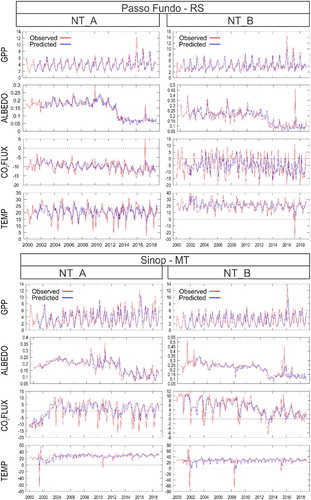
Figure 10. Gross Primary Productivity (GPP) predicted versus observed among 2011 to 2018 years in NT_A and NT_B of Sinop (A and B, respectively), and NT_A and NT_B of Passo Fundo (C and D, respectively).
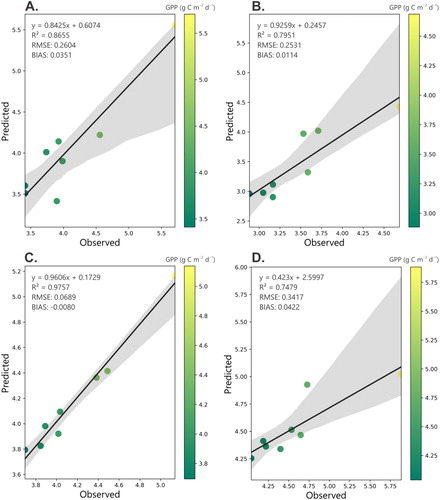
Figure 11. Histogram of each variable on the diagonal, the dispersion by the LOESS curve on the left, and the correlation of values (A – NT_A observed for Passo Fundo; B – NT_A predicted for Passo Fundo; C – NT_B observed for Passo Fundo; D – NT_B predicted for Passo Fundo; E – NT_A observed for Sinop; F – NT_A predicted for Sinop; G – NT_B observed for Sinop; H – NT_B predicted for Sinop) on the right.
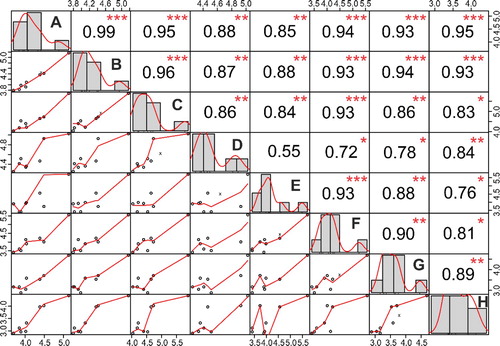
Figure 12. ARIMA model applied to environmental variables: albedo, CO2Flux, GPP, and temperature for the municipalities of Sinop – MT and Passo Fundo – RS, with a 95% confidence level.
